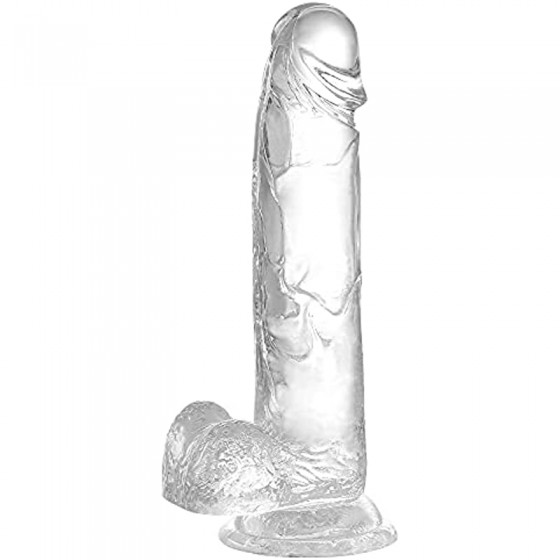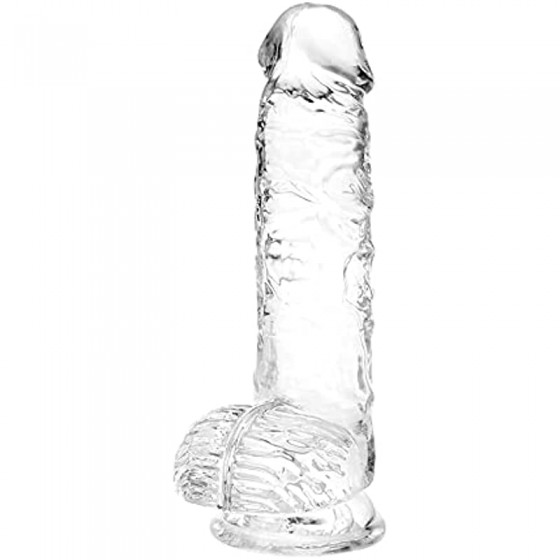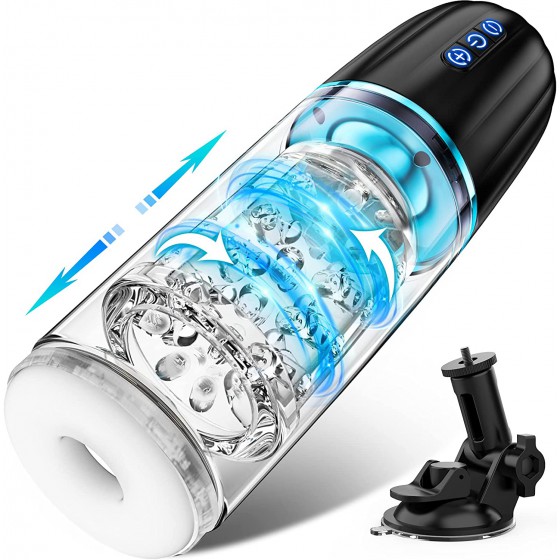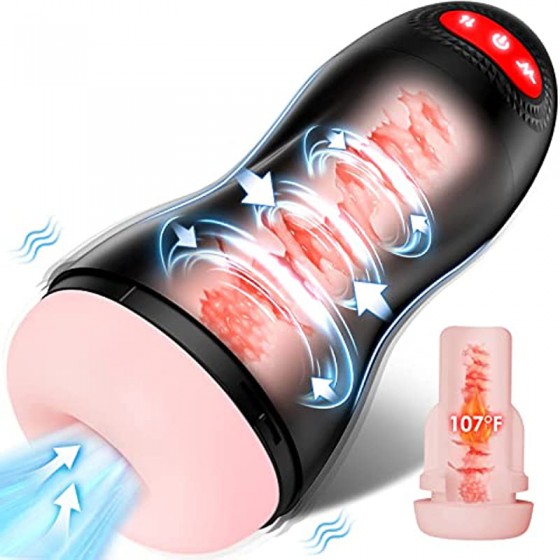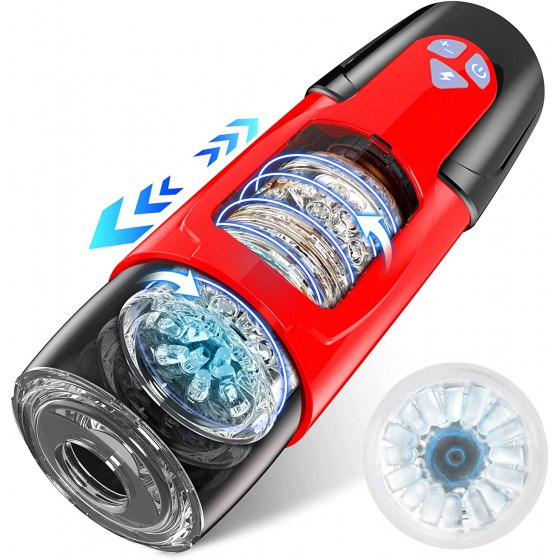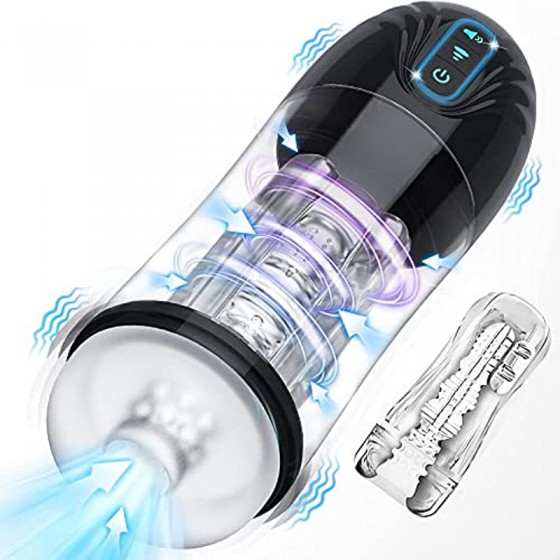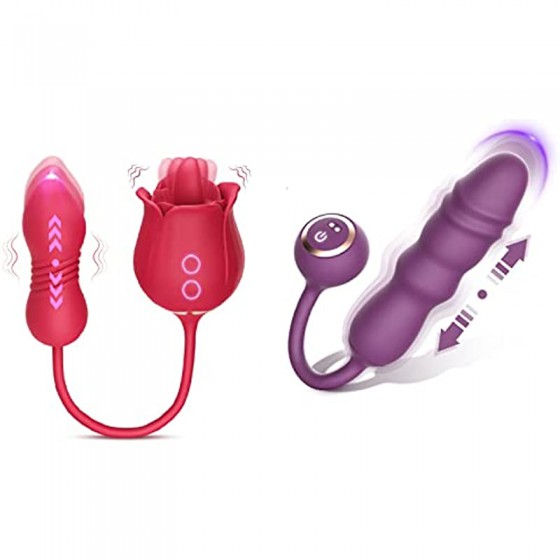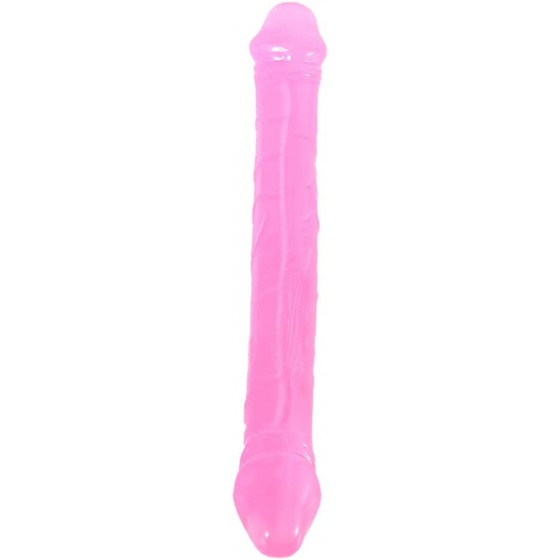Why do women get acne on their vulva? How to care for the female vulva on a daily basis?
Do you often feel itching in your vulva? When you go home and run to the bathroom, you are surprised to find "acne" on your vulva. At this time, you should pay attention and be vigilant. This problem must occur to many women in life, which brings great trouble to women's lives, so it must be solved in time. So, why do women get acne on their vulva? How to care for the female vulva on a daily basis?
Why do women get acne on their vulva?
1. Ectopia of sebaceous glands
It usually occurs after puberty, mainly in the labia majora and perineum in women. It is about the size of a grain of millet, light yellow or light white, and most patients have no pain or itching. A few female patients may experience slight itching due to leucorrhea stimulation.
2. Vulvitis
Vulvitis is also one of the causes of vulvar acne in women. Vulvitis is an inflammation of the vulva caused by pathogen invasion or various adverse stimulations. It can exist independently, and is more often associated with vaginitis, urinary tract diseases, and anus. It may be complicated by rectal disease or systemic disease, or it may be one of the manifestations of certain vulvar diseases.
Clinical manifestations include itching, pain, burning or even swelling, rash, erosion, and ulcers on the vulvar skin.
3. Vestibular gland cyst
Small pimples on the vulva may be vestibular gland cysts. The outlet of the Bartholin gland is located on the inside of the labia minora, making it easy for bacteria to invade and cause inflammation.
Generally, bacteria first invade the epithelium of the Bartholin gland duct, causing the mucosa to swell, or uterine adhesions may occur after the duct orifice tissue is destroyed, causing the duct orifice to be blocked and secretions cannot be discharged, forming a Bartholin gland cyst. They are often unilateral and vary in size.
4. Genital warts
The lesions start out as small light red papules, and then gradually increase in size, distributed singly or in clusters, moist and soft, with an uneven surface, with nipple-like, comb-like or cauliflower-like protrusions. Red or dirty gray. The roots often have pedicles and are prone to erosion and exudation, and can easily bleed when touched. Purulent secretions often accumulate between the cracks of the skin lesions, causing a foul odor, and secondary infection can be caused by scratching.
This disease often has no subjective symptoms. Some patients may experience foreign body sensation, pain, itching or dyspareunia. Condyloma acuminata in the rectum may cause pain, bloody stools, and tenesmus.
There are many causes of vulvar acne in women, including ectopic sebaceous glands, genital warts, and vulvitis. Female friends must pay attention to the health and hygiene of their private parts, adjust their diet, arrange their work and rest time reasonably, and exercise appropriately. If necessary, go to the hospital for timely examination and investigation.
How to care for women’s vulva every day?
1. Daily care of the female vulva is very important. If you are a little careless, vulvitis will quietly find you. Therefore, you need to clean the vulva every day. The method of cleaning the vulva is as follows:
(1). Frequency of cleaning - once a day is sufficient.
(2) Cleaning fluid - you can use health-care vaginal cleaning products that can decontaminate and sterilize, but under normal circumstances, just use water.
(3) Cleaning method - it is best to take a shower and rinse with warm water. If there is no shower condition, you can use a basin instead, but it must be dedicated to the basin.
(4) Cleaning sequence - wash your hands first, then clean the vulva from front to back, then wash the labia majora and minora, and finally wash around the anus and anus.
2. When caring for the female vulva, you also need to pay attention to the cleanliness of the required supplies. The details are as follows:
(1) Sanitary napkins: Avoid using sanitary napkins with drugs or fragrances. Change sanitary napkins frequently, every two hours, to prevent menstrual blood from becoming a "petri dish" for bacteria.
(2) Underwear: Women should choose light-colored, loose, pure cotton underwear. Underwear must be hand washed, not machine washed or washed overnight to avoid bacterial growth. It is recommended to change into new underwear every three months.
3. When caring for the female vulva, in addition to paying attention to cleaning methods and supplies, you also need to pay attention to how to use the toilet. The details are as follows:
Most women are confused whether they need to wipe their vulva with paper after urinating? In fact, women who use qualified toilet paper to wipe their vulva after urinating will not cause gynecological infections. However, if they do not wipe their vulva clean after urinating, local dipping of urine may also cause diseases such as vulvitis and vulvar eczema. The toilet paper used to wipe the vulva should be qualified and clean paper, and wipe from front to back to avoid bringing bacteria from the anus into the vagina.






